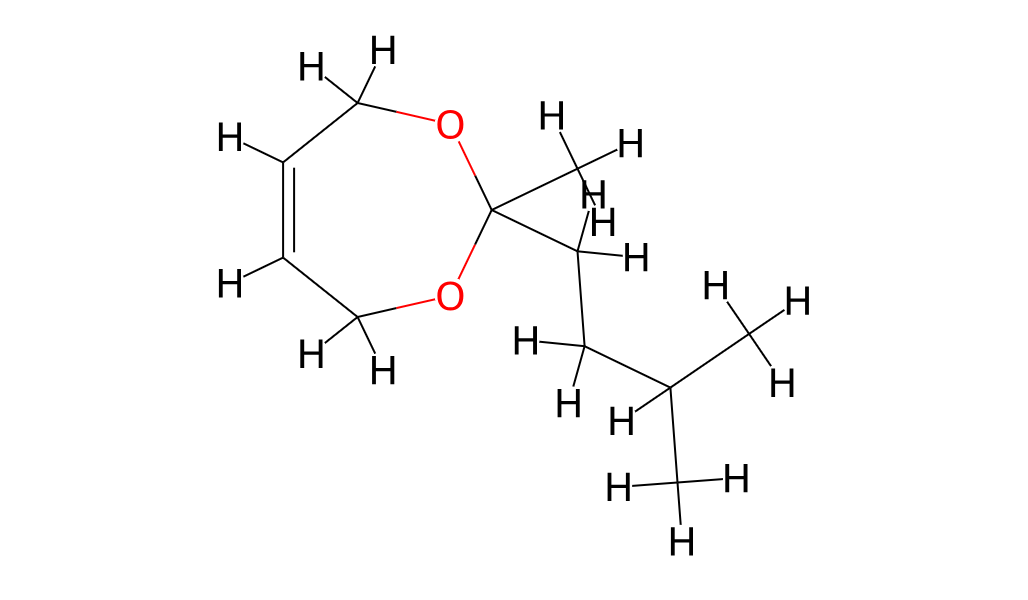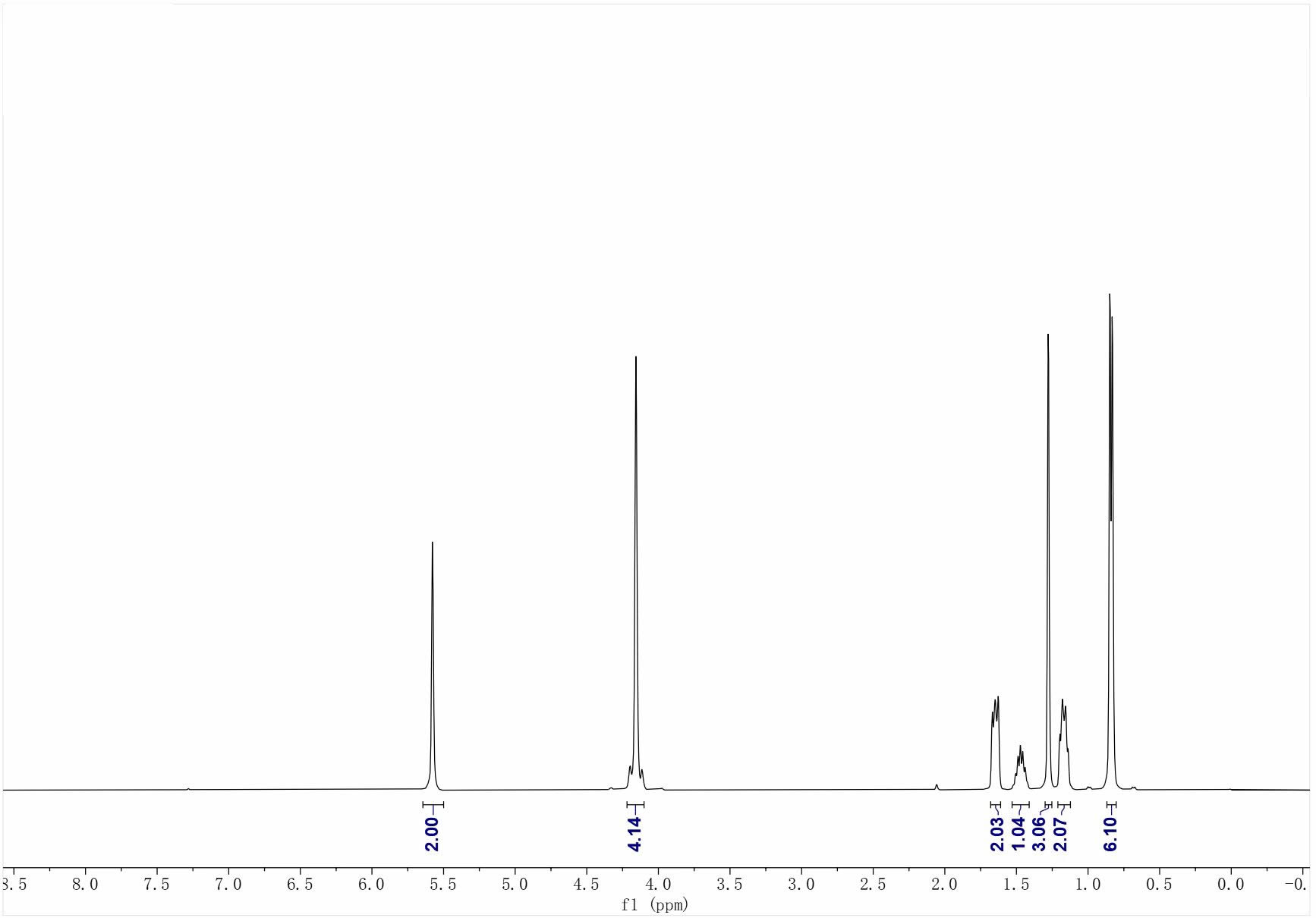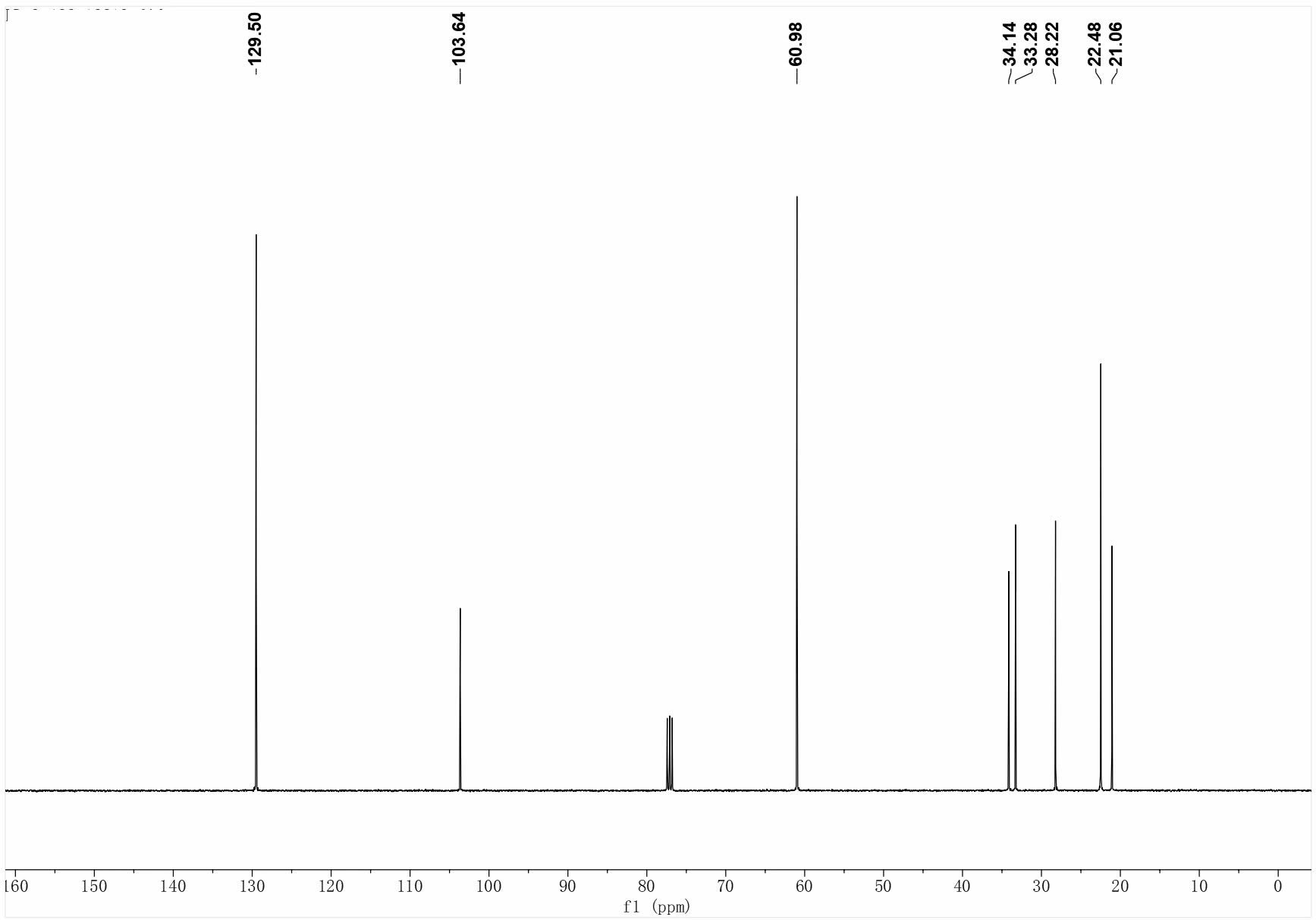4, 7-Dihydro-2-methyl-2-(3-methylbutyl)-1,3-dioxepin CAS#: 53338-05-9; ChemWhat Code: 842161
Identification
| Product Name | 4, 7-Dihydro-2-methyl-2-(3-methylbutyl)-1,3-dioxepin |
| IUPAC Name | 2-methyl-2-(3-methylbutyl)-4,7-dihydro-1,3-dioxepine |
| Molecular Structure |  |
| CAS Registry Number | 53338-05-9 |
| EINECS Number | 258-487-2 |
| MDL Number | No data available |
| Beilstein Registry Number | No data available |
| Synonyms | 4,7-dihydro-2-isopentyl-2-methyl-1,3-dioxepin |
| Molecular Formula | C11H20O2 |
| Molecular Weight | 184.279 |
| InChI | InChI=1S/C11H20O2/c1-10(2)6-7-11(3)12-8-4-5-9-13-11/h4-5,10H,6-9H2,1-3H3 |
| InChI Key | FFANAZFONFVGKZ-UHFFFAOYSA-N |
| Canonical SMILES | CC(C)CCC1(C)OCC=CCO1 |
| Patent Information | ||
| Patent ID | Title | Publication Date |
| US3936398 | Improving the odor of perfume by novel cyclic ketal | 1976 |
Physical Data
| Appearance | Colorless transparent oily liquid |
| Solubility | No data available |
| Flash Point | No data available |
| Refractive index | No data available |
| Sensitivity | No data available |
| Boiling Point, °C |
| 94 |
Spectra
Route of Synthesis (ROS)
| Conditions | Yield |
| With sodium hydroxide; hydroquinone; citric acid In cyclohexane; water |
Safety and Hazards
| GHS Hazard Statements | Not Classified |
Other Data
| Transportation | NONH for all modes of transport |
| Under the room temperature and away from light | |
| HS Code | No data available |
| Storage | Under the room temperature and away from light |
| Shelf Life | 2 years |
| Market Price | USD |
| Druglikeness | |
| Lipinski rules component | |
| Molecular Weight | 184.279 |
| logP | 3.238 |
| HBA | 2 |
| HBD | 0 |
| Matching Lipinski Rules | 4 |
| Veber rules component | |
| Polar Surface Area (PSA) | 18.46 |
| Rotatable Bond (RotB) | 3 |
| Matching Veber Rules | 2 |
| Use Pattern |
| It is often used as a fragrance raw material or intermediate |
| Can be used to formulate complex flavors in detergents, perfumes, air fresheners and other products |
| It may also be used as a structural imitation or derivative of natural fragrances. |
Buy Reagent | |
| No reagent supplier? | Send quick inquiry to ChemWhat |
| Want to be listed here as a reagent supplier? (Paid service) | Click here to contact ChemWhat |
Approved Manufacturers | |
| Ulcho Biochemical Ltd | http://www.ulcho.com/ |
| Want to be listed as an approved manufacturer (Requires approvement)? | Please download and fill out this form and send back to approved-manufacturers@chemwhat.com |
Other Suppliers | |
| Watson International Limited | Visit Watson Official Website |
Contact Us for Other Help | |
| Contact us for other information or services | Click here to contact ChemWhat |




